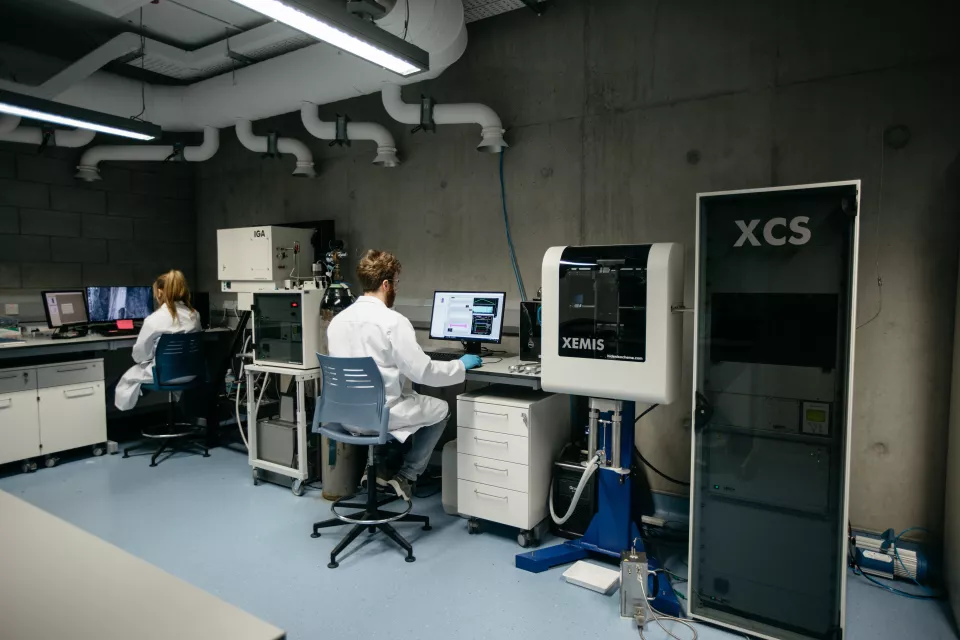
We have a number of pieces of equipment available to us that are vital in our research.
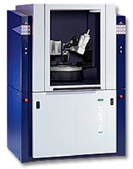
The Crystal engineering research group at the University of Limerick has two Bruker D8 Quest Single Crystal X-ray Diffractometers available with either Cu Kα or Mo Kα X-ray sources. The Cu Kα diffractometer is mounted as an IμS 3.0 microfocus sealed tube whereas the Mo Kα is fitted with the TRIUMPH monochromator system allowing for superior diffraction intensities from both instruments. Variable temperature studies are made easily available from 100 K – 350 K using a Liquid N2 cryostream from Oxford Cryosystems. Capillary-mode goniometer heads have been built in-house to enable variable pressure in situ characterization from vacuum to 1 atm.
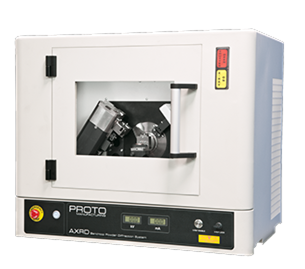
The Proto AXRD benchtop powder X-ray diffractometer allows for high throughput data collection for phase identification of our samples. The diffractometer is set-up in θ/2θ mode with a 1500W fine focus Cu Kα ceramic X-ray tube and DECTRIS® Hybrid Pixel Detector with a goniometer radius of 142 mm. The instrument has a scanning range of -4o ≤ 2θ ≤ 154owith scanning speeds between 0.0001o – 1000o/min 2θ. The instrument has an accuracy of <±0.02o 2θ with an achievable FWHM of <0.05o
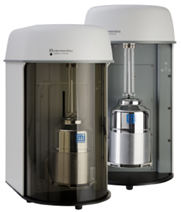
The Micromeritics TriStar II Plus is an automated, three-station, surface area and porosity analyser that delivers excellent performance and speed of analysis. With three available analysis ports, the TriStar II Plus provides high sample through-put and advanced data analysis features to the user. The TriStar II Plus is used for surface area characterisation of porous materials by a series of gases (N2, CO2, and Ar).
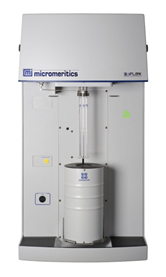
The Micromeritics 3Flex Surface Characterization Analyzer is a fully automated, three-station instrument designed for surface area, mesopore, and micropore analysis.This instrument is capable of achieving very low relative pressures for accurate data collection at various temperatures. The accessible gases for these instruments are CH4, C2H2, C2H4, C2H6, C3H6, C3H8, Xe, Kr, H2, NO, and CO2.
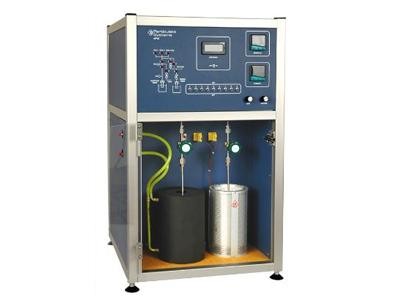
The Micromeritics HPVA II-100, Volumetric Sorption Analyser is a state-of-the art high pressure adsorption analyser using the static volumetric method. The instrument measures adsorption/desorption isotherms of solid samples for various gases including nitrogen, methane, and carbon dioxide. The equipment has a wide operating pressure range: High Vacuum to 100 bar. Data is presented as pressure vs. quantity adsorbed isotherms and are available in spreadsheet format. This equipment is commonly used for analysing solid samples for gas storage applications.
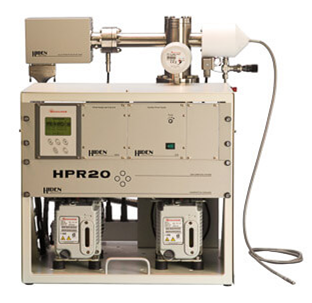
The Crystal Engineering Group currently operates a specially designed gas sorption/gas separations rig in the University of Limerick. The rig contains a gas mixing system, fixed bed and online mass spectrometry for gas analysis. Gas analysis is carried out using a Hiden Analytical HPR20 QIC Evolved Gas Analyser which allows for high-resolution gas stream analysis to ppb concentrations. This rig allows for gas breakthrough, temperature programmed desorption (TPD) and oxidation (TPO) experiments to be carried out in UL.

The water sorption properties of solid materials are recognized as critical factors in determining their storage, stability, processing and application performance. The DVS Intrinsic allows for the in-situ characterisation of the vapour sorption performance of crystalline materials. The DVS Intrinsicallows for kinetic water sorption/desorption data to be collected in real time, which is impossible in static methods. The DVS Intrinsic is a highly sensitive, accurate and rapid means for automated determination of moisture sorption properties of solids.
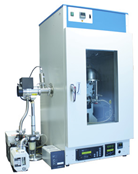
The DVS Vacuum offers dual sorption solutions, performing static experiments for higher sorbate pressures and dynamic experiments for lower sorbate pressures including the Henry region. Evacuation of the sample chamber using the downstream vacuum pump. The DVS Vacuum is ideal for vapour uptake on MOFs which can pick up atmospheric adsorbates when exposed to air. In situ activation increase the accuracy of the sorption results. Typical gasses and vapors that can be used include: CO2, SO2, H2, Ar, Toluene, Nitrogen, Methane, Water, Cyclohexane, Octane and Ethanol.